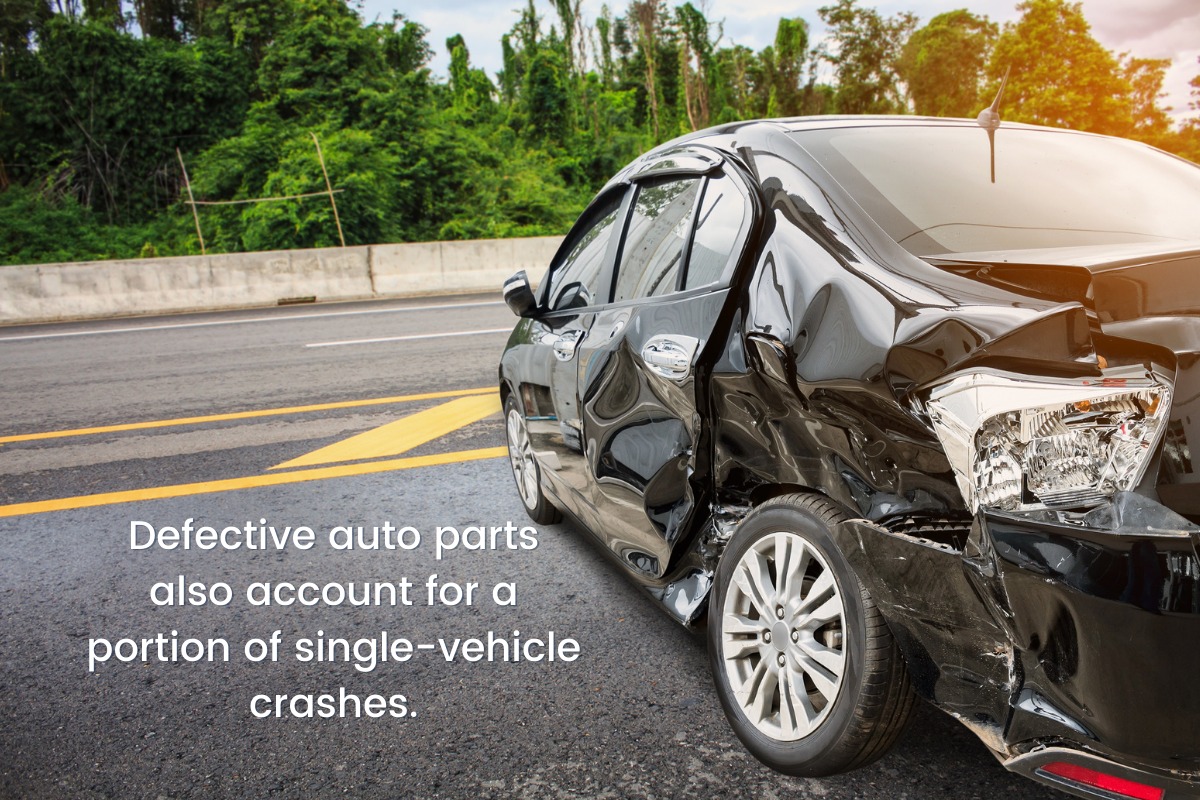by tfarino
Share
Share

Collecting compensation after an automobile accident relies on evidence that shows who was at fault for the crash. Insurers and courts interpret evidence to determine who acted negligently and bears responsibility for financial damages. A car accident lawyer aids this process by organizing evidence and communicating how it favors your position.
Multiple sources could provide evidence important for your car accident case, such as:
- Witness testimony
- Surveillance video
- Road conditions at the time of the accident
- Pictures of the accident scene
- Pictures of vehicle damage
- Pictures of physical injuries
- Medical records
- Police reports
- Testimony of accident reconstruction specialists
A car accident attorney Las Vegas will ask you for evidence collected at the time of your crash. Additionally, an attorney may launch an investigation to supplement what you managed to obtain. An investigation could include taking more pictures of the accident location and vehicle damage and seeking out more witnesses, such as workers who may have been on the job close to your accident.
Car accident lawyers Las Vegas also cultivate networks of specialists who they can consult. Expert interpretations of vehicle damage and skid marks could strengthen your claim for damages. This testimony is beneficial in disputed cases where the assignment of fault is not crystal clear.

Interpretation of Vehicle Damage
ust as an autopsy of a human body may reveal clues about the cause of death, vehicle damage can tell the story of what happened on the road. Most vehicle impacts arise from typical scenarios that leave telltale signs. Vehicle damage experts can examine the damage and provide opinions that could verify a preliminary assignment of fault or contest a previous interpretation.
Most accidents result from:
- Rear-end collisions
- Left-turn collisions
- Head-on collisions
- Side-impact collisions
- Single-vehicle crashes

Rear-End Collisions
Driver inattention, tailgating, and slippery roads frequently cause vehicles to hit vehicles in front of them. The National Highway Traffic Safety Administration attributes 29% of all car accidents that inflict serious injuries to rear-end collisions.
In rear-end accidents, vehicle damage is quite clear about what happened. Generally, fault lies with the vehicle that struck from behind. However, car accidents are not necessarily tidy things with clear interpretations. Fault might be shared in a rear-end accident. For example, if you were forced into a collision with a forward vehicle because you were hit from behind and shoved forward, you may only be partially at fault. An accident attorney representing a person in that position may argue successfully that your fault should be reduced.

Left-Turn Collisions
Another common form of collision happens when a left-turning vehicle crosses oncoming traffic. In this scenario, classic vehicle damage patterns include damage to the left front side of the oncoming vehicle and damage on the right front corner of the turning vehicle. Generally, the left-turning vehicle driver will be at fault for failing to yield the right of way.
Single-Vehicle Crashes
If you were in a single-vehicle crash, another party might still be at fault. A poorly marked or unmarked road hazard could have caused your crash, which might make a local road authority responsible. An erratic driver may have forced you to swerve. Defective auto parts also account for a portion of single-vehicle crashes because drivers lose control through no fault of their own. A car accident lawyer could investigate which part failed and who manufactured or installed it in such a case.
Influence of the Police Report
Law enforcement officers sometimes include who was at fault in their accident reports. They view the evidence and interview witnesses to arrive at their conclusions. They may issue traffic citations to drivers as well. Although police reports represent important evidence, a police officer’s opinion about fault is not the final word on the matter. Insurance adjusters and courts may reach different conclusions based on all evidence.

Modified Comparative Negligence in Nevada
In Nevada, the law recognizes that multiple parties might share fault in an accident. The concept of modified comparative negligence allows you to pursue damages even if you were up to 50% responsible for what happened. However, fault over 50% bars you from collecting compensation. Representation from an accident attorney may be crucial for limiting the fault assigned to you by an insurer trying to avoid paying a settlement.

Clarity From an Experienced Car Accident Lawyer During a Confusing Time
A car accident can force you to deal with medical, insurance, and legal information that you are not familiar with. Legal advice can help you make informed decisions and exercise your right to collect compensation. The car accident lawyers Las Vegas at Moss Berg provide detail-oriented and compassionate representation to people hurt in traffic accidents

